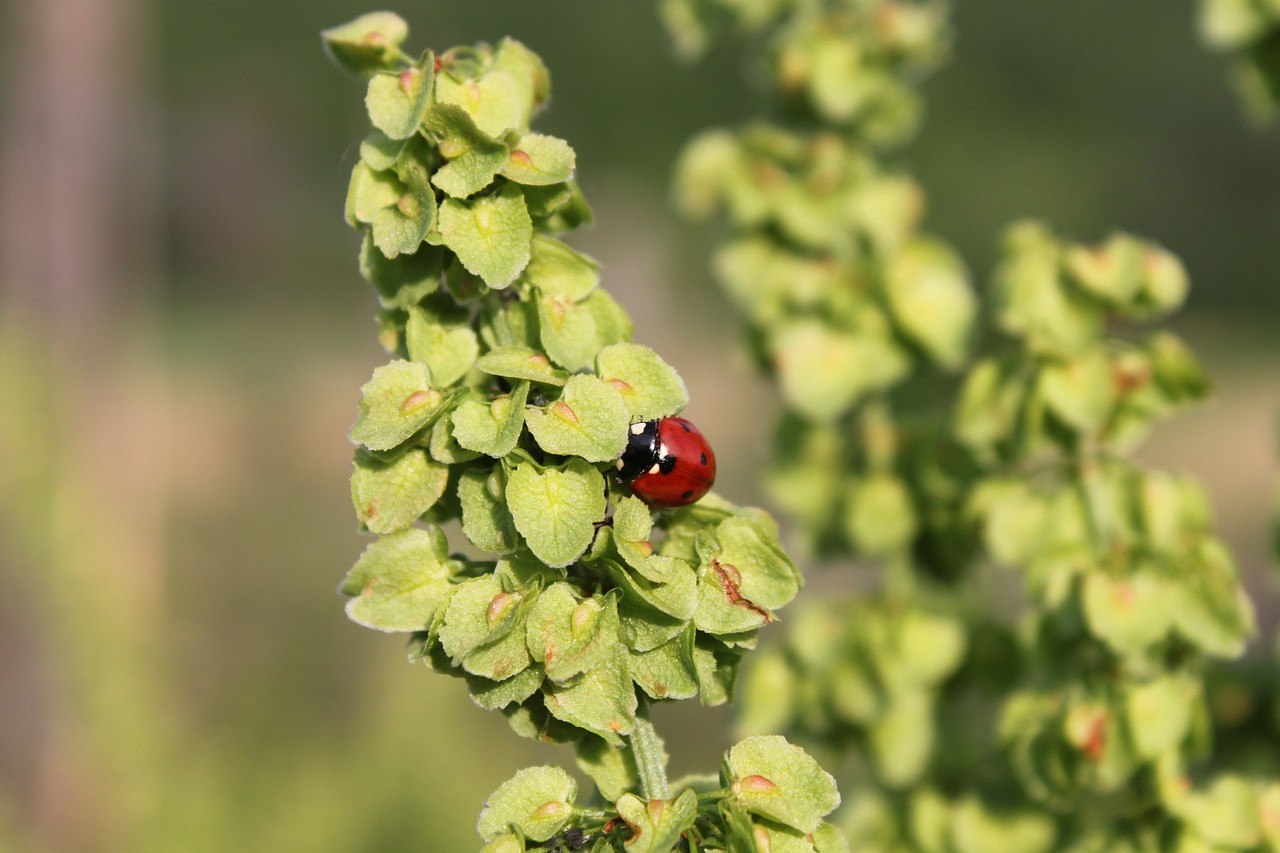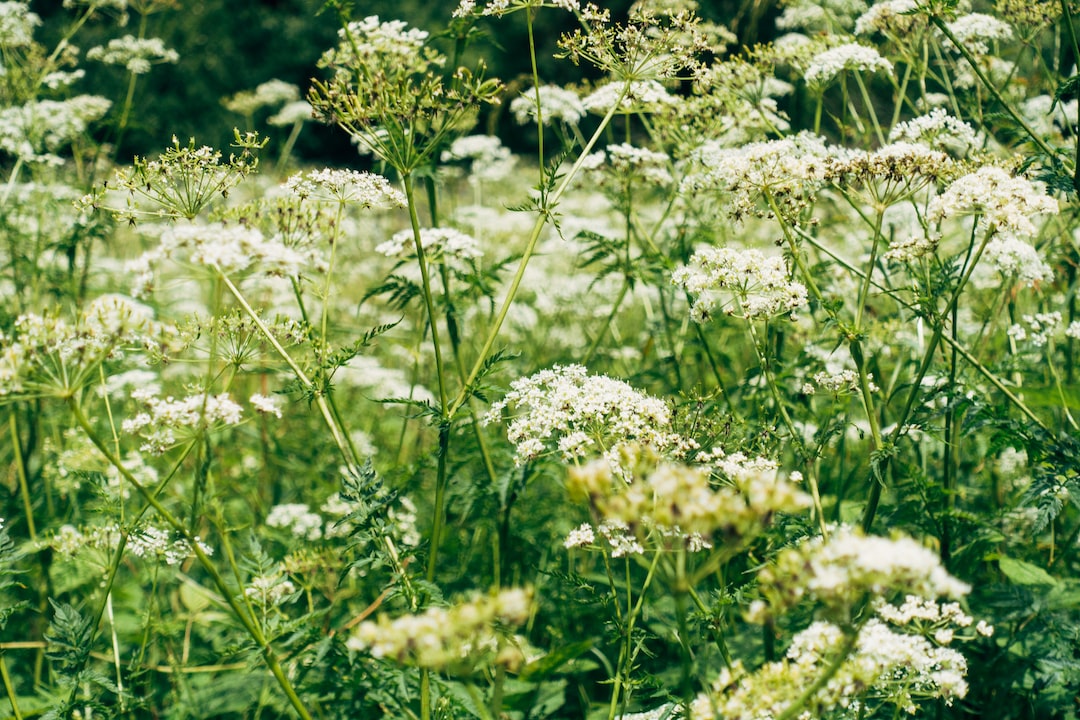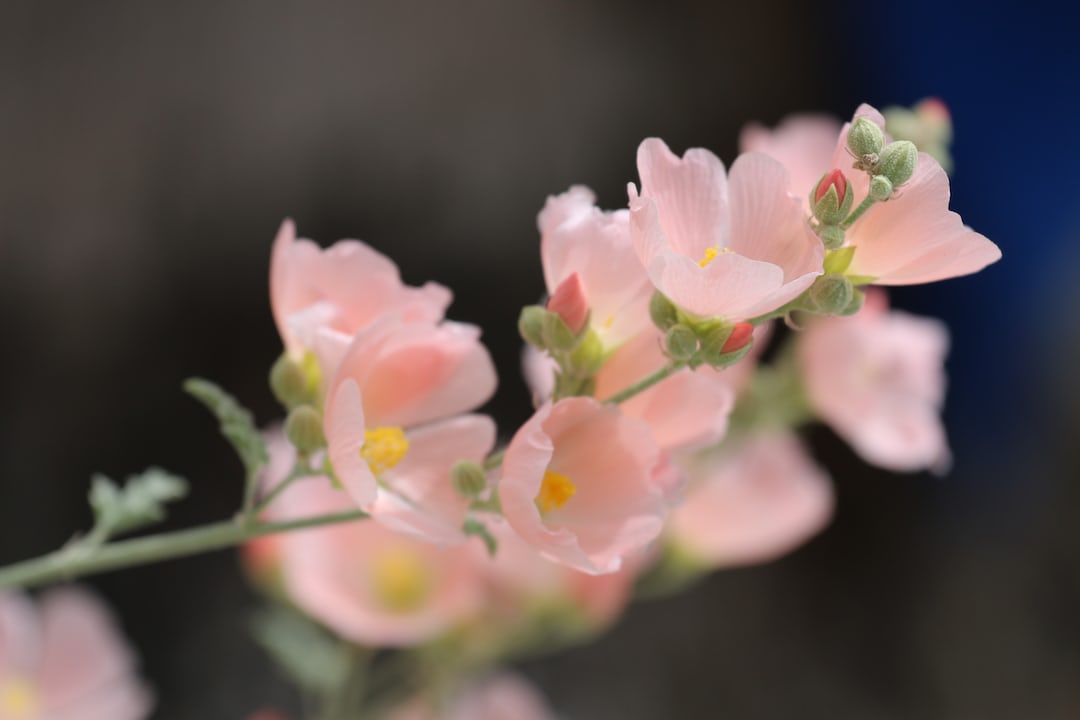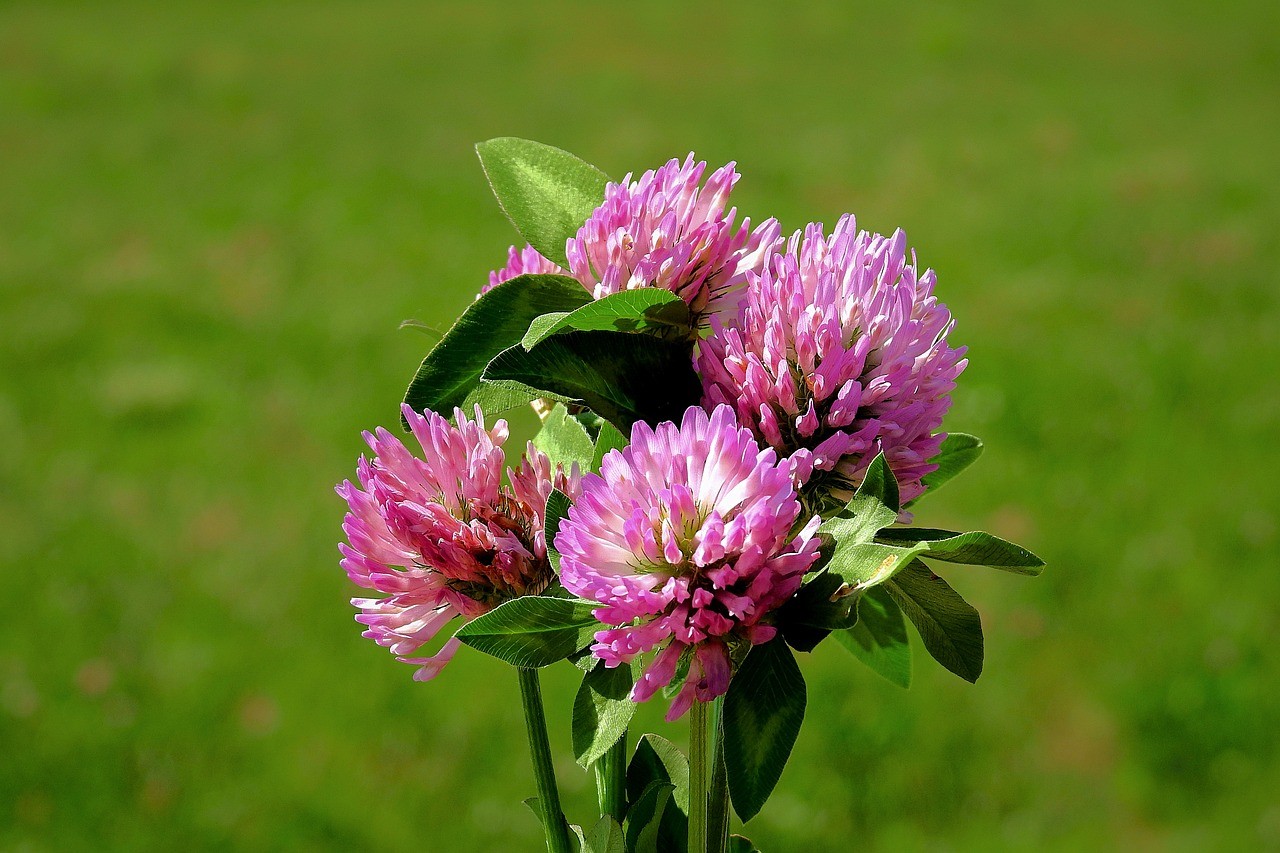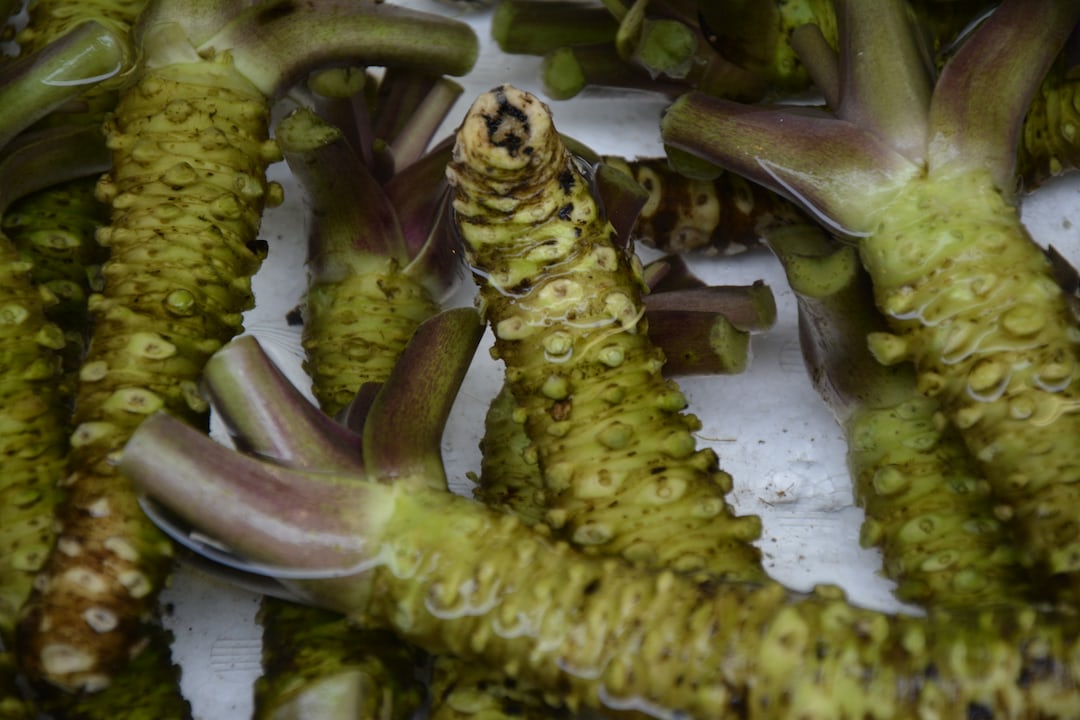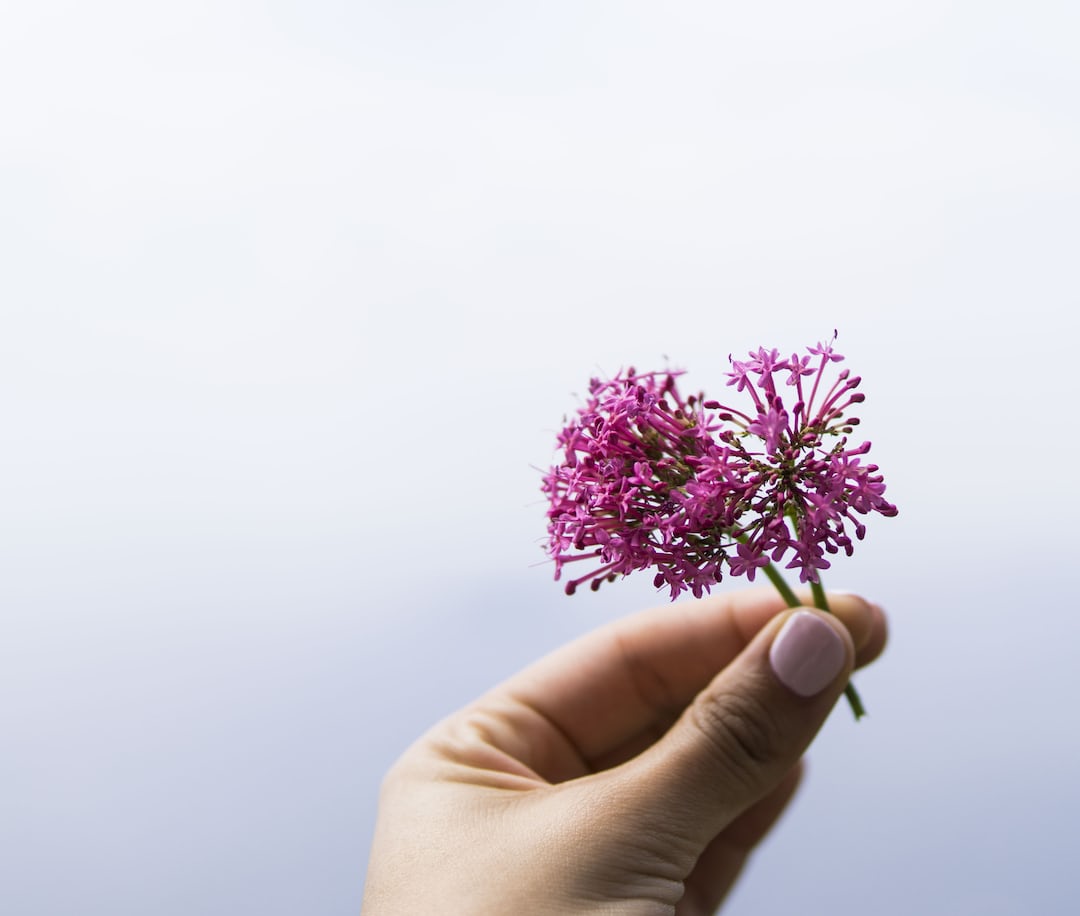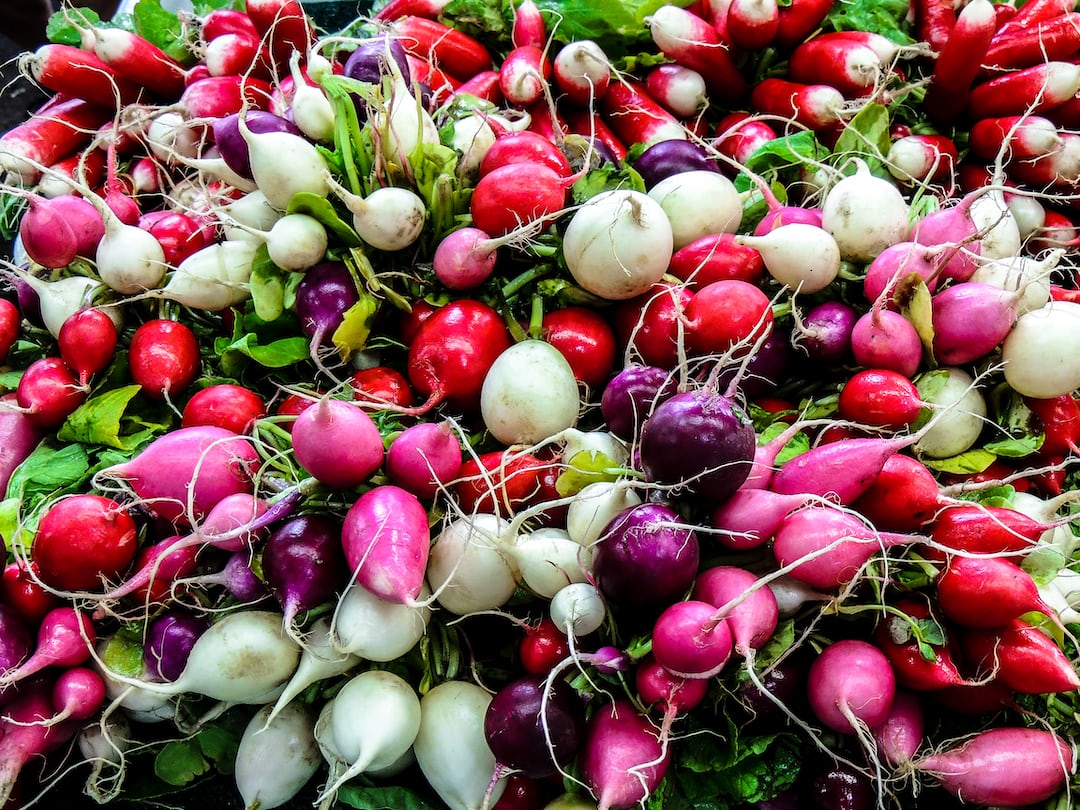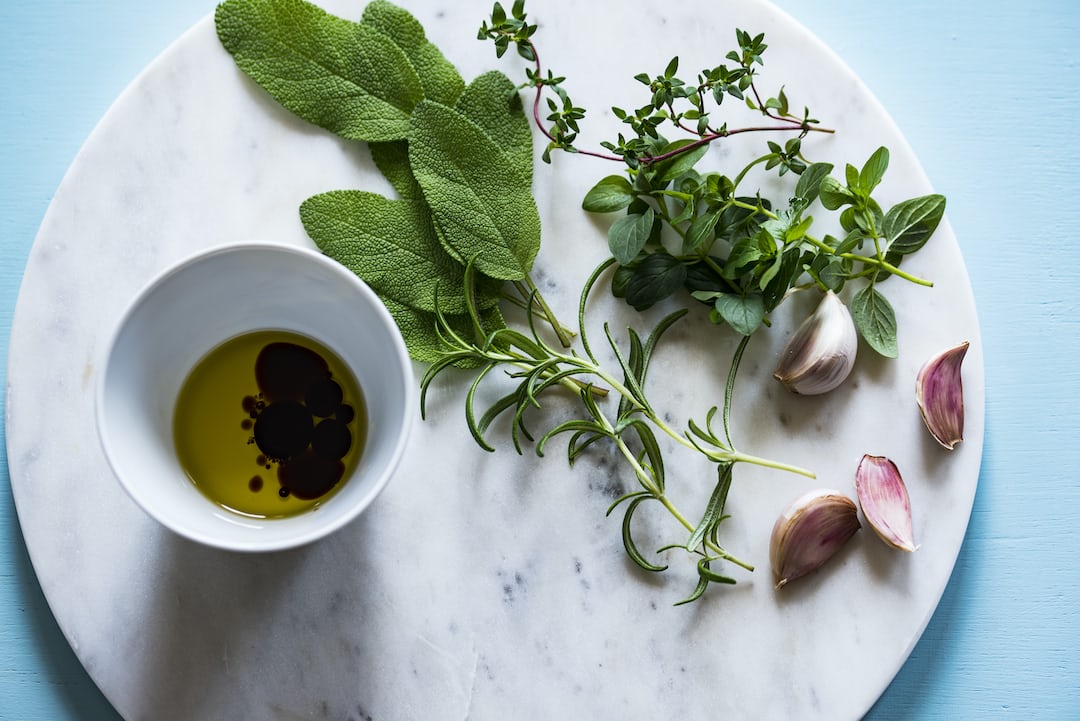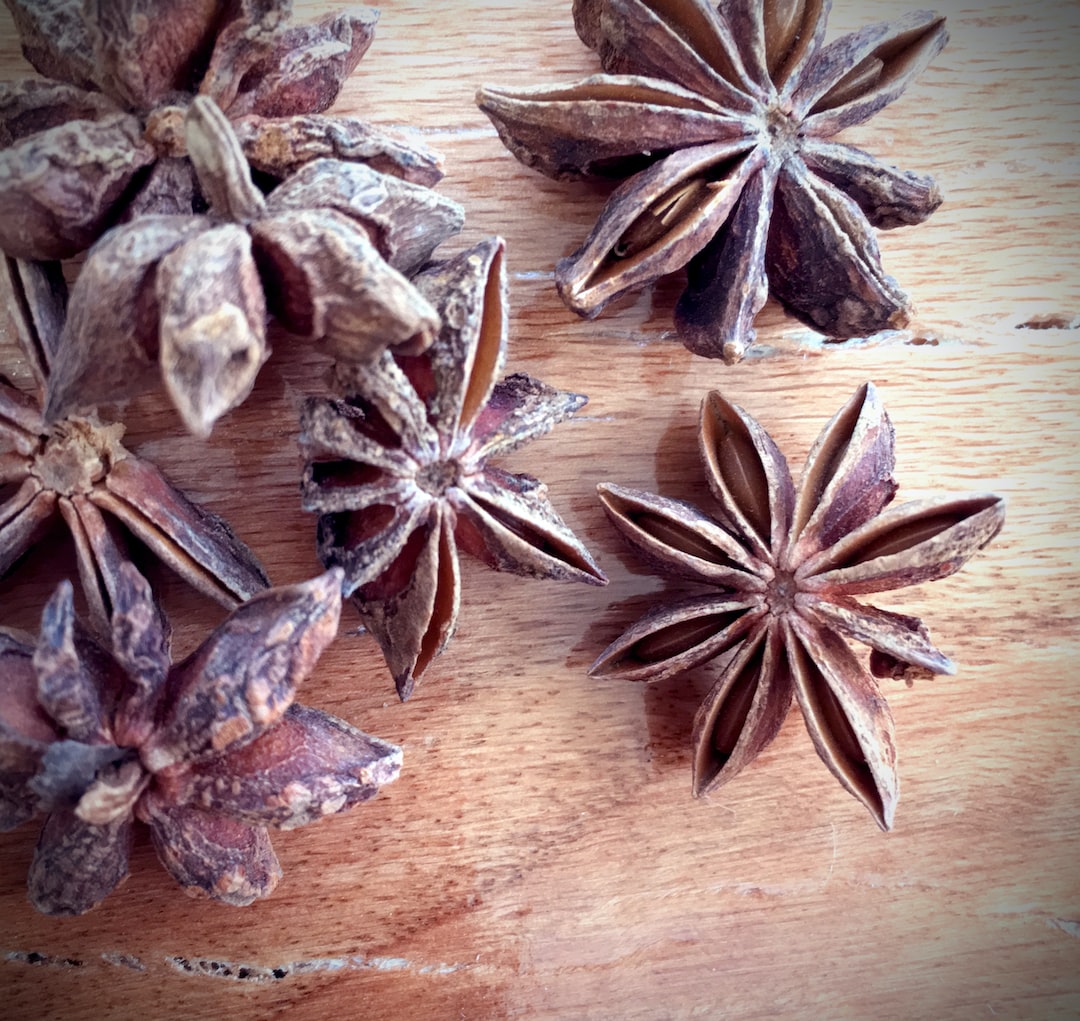February 13, 2023

Herbs
Growing herbs in your home garden provides a variety of benefits: from making a tasty addition to home-cooked meals to providing calming aromatherapy. To ensure success in your herb-growing endeavours, we've compiled some simple tips for establishing and nurturing your home herb garden. By using these tried-and-true techniques, you'll be reaping the rewards of a bountiful overgrown herb garden in no time. From choosing the right plant for the right soil to learning proper pruning and harvesting techniques, you'll have all you need to bring your herb garden dream to life.
Follow us to keep learning!
Herbs Growing Cheatsheet
1. Essential Tools
🔨 Quality garden tools like trowel and pruner.
🌱 Well-draining soil or potting mix.
💦 Adequate sunlight or LED grow lights.
2. Choose the Right Herbs
🌿 Select herbs that grow well in your climate.
🌡️ Consider both indoor and outdoor gardening options.
🌱 Opt for versatile and nutrient-rich herbs like basil and parsley.
3. Growing Methods
🏡 Container gardening is perfect for small spaces.
🌺 Raised beds provide good drainage for herbs.
🌿 Companion planting can deter pests naturally.
4. Watering and Feeding
💧 Water herbs moderately to prevent root rot.
🌿 Feed with organic fertilizers for better growth.
🌱 Mulching helps retain moisture in the soil.
5. Pruning and Harvesting
✂️ Regularly trim herbs to encourage bushier growth.
🍴 Harvest herbs by cutting 1/3 of the plant at a time.
🌿 Dry excess herbs for future use and gifts.
6. Health and Nutrition
💪 Herbs pack antioxidants and immune-boosting properties.
🥗 Incorporate freshly picked herbs into your meals.
🌿 Discover unique herbal remedies for common ailments.
7. Sustainable Living
🌍 Growing your own herbs reduces carbon footprint.
🌱 Embrace self-sufficiency with herb gardening.
💚 Create a greener and more eco-friendly lifestyle.
As a seasoned gardener, one thing I've grown quite fond of is the magic and art of growing herbs. There's something special about tending to these green gems, infusing your meals with fresh flavors picked straight from your garden.
A beginner's guide to growing Herbs
Growing herbs is not only easy, but also rewarding. With a little bit of patience and care, you're left with lush greenery touting intoxicating fragrances and bold flavors. Today, I'd love to share my experiences and tips!
1. Choose your Herbs
First, decide which herbs align with your culinary or medicinal needs. Some popular favorites include basil, mint, rosemary, thyme, and oregano. Or explore less common ones like marjoram or lemon verbena. Remember, your garden, your rules!
2. Know your Herbs
Just like people, every herb has a distinct personality - some thrive in sunshine while others need shade; some prefer rich soil, others rocky terrain. For instance, my rosemary has always loved bright, sunny spots while my mint prefers a shady, moist location.
3. Planting your Herbs
Whether you choose to start from seeds or opt for young plants, both methods are rewarding. When planting, make sure each herb has enough room for roots to establish and leaves to gather sunlight. Once I made the mistake of planting mint next to my basil, and let's just say they didn't become best friends!
Caring for your Herbs
Once your herbs are settled in, ensure they receive enough water and sunlight per their individual needs. Most herbs need watering when the top inch of soil feels dry. Just like my thyme which has thrived with this approach over the years.
Harvesting your Herbs
Perhaps the most rewarding part of this journey is harvesting your herbs. The fragrant aroma feels like a reward in itself. Cut early in the morning after the dew has dried, and pick the leaves that look the healthiest. Over-harvesting can stress plants, so keep it gentle.
"Herbs are the heart of any garden, giving life and flavor to our favorite dishes. Tend to them wisely and they will return the favor in abundance."
Troubleshooting Common Issues
Despite our best efforts, pests or diseases may invade our precious herbs. Healthy plants can often fight these off but keep an eye out for any changes. Signs may include yellowing of leaves, wilting or spots. Over the years I've learned that maintaining a clean and healthy garden environment goes a long way.
Overall, growing herbs is a therapeutic journey filled with fragrant surprises. Whether you're whipping up a culinary masterpiece or brewing a calming tea, it's delightful to have a fresh supply on hand. So, why not take this green thumb adventure? Trust me, your kitchen (and taste buds) will thank you. I know mine do.
FAQ
1. Can I grow herbs indoors?
Yes, you can grow herbs indoors successfully by providing them with plenty of sunlight and well-draining soil.
2. What type of soil is best for growing herbs?
Well-draining soil that is rich in organic matter is ideal for growing herbs as it promotes healthy root development.
3. How often should I water my herbs?
Water your herbs regularly but ensure the soil is not overly saturated to prevent root rot. Allow the top inch of soil to dry out between waterings.
4. Do herbs require fertilizer?
Herbs benefit from occasional fertilization to promote growth. Use a balanced organic fertilizer and follow the instructions on the package.
5. Should I prune my herbs?
Yes, regular pruning helps herbs maintain their shape, promotes bushier growth, and prevents them from becoming leggy.
6. Can I use herbs straight from the garden?
Absolutely! Freshly harvested herbs provide maximum flavor and aroma, enhancing your culinary creations.
7. How do I store herbs for later use?
Air drying or freezing herbs are common methods for long-term storage, ensuring you can enjoy their flavors throughout the year.
8. What are common pests that attack herbs?
Aphids, mealybugs, and spider mites are common pests that may affect your herb garden. Regular inspection and using proper pest control methods are essential.
9. Can I grow herbs from seeds?
Yes, you can grow herbs from seeds. Follow the seed package instructions for optimal germination and transplant them when they are strong enough.
10. How long does it take for herbs to grow?
The time it takes for herbs to grow varies, but in general, most herbs can be harvested in about 2 to 3 months after planting.
Growing herbs in your home garden can be an incredibly rewarding experience. With near endless possibilities for combinations and uses, you are sure to enjoy your herbs for years to come. Consider these tips to help you effortlessly create a thriving home herb garden that will give you the fresh, delicious herbs you need. With a bit of planning, preparation, and hard work, you are sure to yield a bountiful yield of herbs from your own home garden.
Happy Growing!






